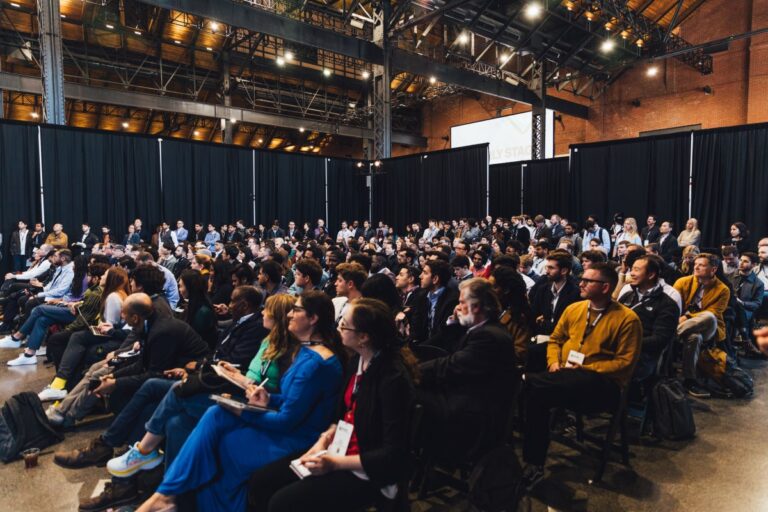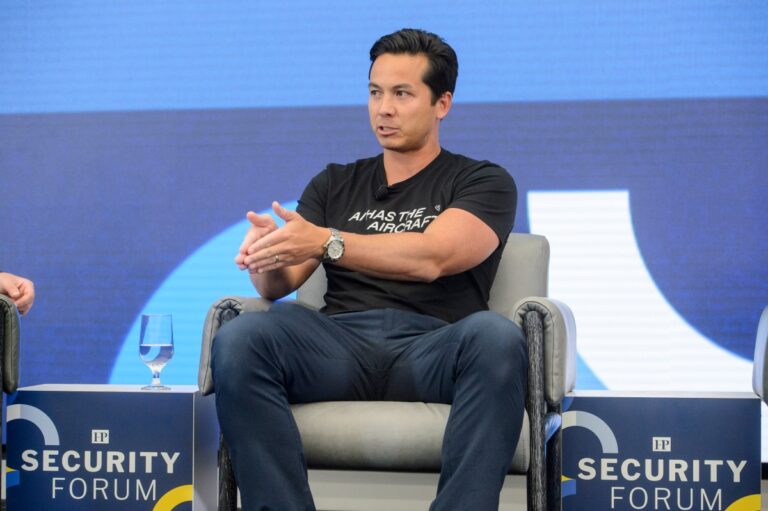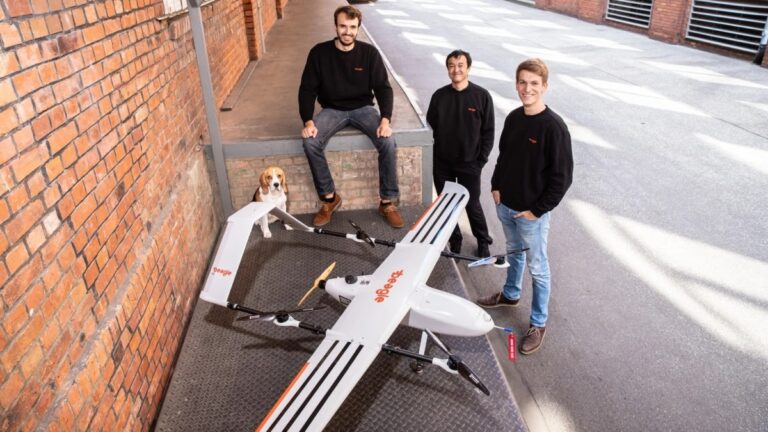Breakthrough: Researchers Develop Affordable OpenAI Rival ‘o1’ Reasoning Model for Under $50
AI innovation is rapidly evolving, with groundbreaking developments emerging from unexpected corners of the research community. Recently, researchers from Stanford University and the University of Washington unveiled an AI reasoning model, known as s1, that was trained for under $50 in cloud computing credits, marking a significant milestone in affordable AI development.
Overview of the s1 AI Reasoning Model
The s1 model demonstrates performance comparable to leading reasoning models, such as OpenAI’s o1 and DeepSeek’s R1, particularly in math and coding assessments. This model is openly accessible on GitHub, along with the accompanying data and training code.
Development Process of s1
The research team began with a pre-existing base model and enhanced it through a method known as distillation. This process involves extracting reasoning capabilities from a more complex AI by training it on its responses. Specifically, the s1 model is distilled from one of Google’s advanced reasoning architectures, Gemini 2.0 Flash Thinking Experimental.
Cost-Effective AI Innovation
What’s particularly intriguing is the ability of a small group of researchers to develop a competitive AI model without significant funding. This raises vital questions about the commoditization of AI technology. If advanced models can be replicated at a minimal cost, what does this mean for the future of AI development?
Big AI labs, such as OpenAI, have expressed concerns. OpenAI has accused DeepSeek of improperly utilizing its API data for model distillation, underscoring the competitive tensions in the industry.
Breakthroughs in Reasoning Performance
The s1 research team aimed to devise a straightforward method for achieving high reasoning performance and enhancing “test-time scaling,” which allows AI models to deliberate longer before providing answers. This approach mirrors several breakthroughs seen in OpenAI’s o1, which other labs, including DeepSeek, are striving to replicate.
Training Methodology for s1
The researchers discovered that reasoning models can be effectively distilled using a relatively small dataset through Supervised Fine-Tuning (SFT). This method instructs AI models to mimic specific behaviors and tends to be more cost-effective than the large-scale reinforcement learning techniques used by competitors.
Access to Google’s Gemini 2.0
Google provides free access to Gemini 2.0 Flash Thinking Experimental via its Google AI Studio, albeit with daily usage limits. However, Google’s terms prohibit reverse-engineering its models for competitive service development, a point we have reached out to Google for clarification.
Training Details of s1
The s1 model was built on a basic AI framework from Qwen, a lab owned by Alibaba, which is freely available for download. The training involved creating a dataset of just 1,000 carefully selected questions and answers, supplemented by the reasoning process from Google’s Gemini.
Remarkably, the training took less than 30 minutes using 16 Nvidia H100 GPUs, with costs estimated at around $20. According to Niklas Muennighoff, a Stanford researcher involved in the project, this demonstrates the potential for affordable AI innovation.
Innovative Thinking Techniques
To enhance the model’s accuracy, researchers implemented a unique strategy: they instructed s1 to “wait” before finalizing its answers. This simple adjustment proved effective in improving the model’s performance.
The Future of AI Investment
Looking ahead, major companies like Meta, Google, and Microsoft plan to invest hundreds of billions of dollars into AI infrastructure by 2025. This investment is expected to facilitate the training of next-generation AI models.
While distillation offers a method for recreating existing models’ capabilities at a lower cost, it raises questions about the potential for significant advancements in new AI models beyond current standards.
For more insights on AI developments and research, you can explore our related articles on AI Research Initiatives and Emerging AI Technologies.







